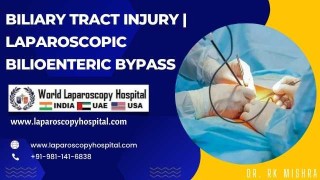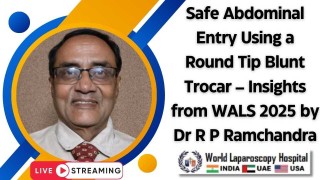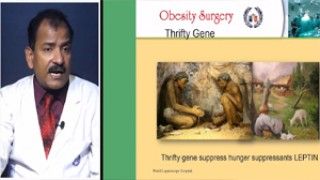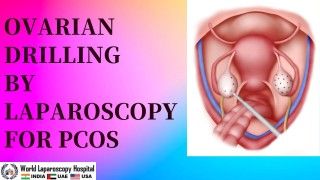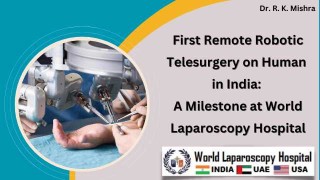Ipom Inguinal Hernia Surgery by Suturing - Personnel Technique Dr R K Mishra
Add to
Share
262 views
Report
2 months ago
Description
Inguinal hernia surgery has evolved significantly with the advent of minimally invasive procedures. Among the advanced laparoscopic options, Intraperitoneal Onlay Mesh (IPOM) repair is gaining global recognition. At World Laparoscopy Hospital, Dr. R. K. Mishra has refined this approach further by incorporating a specialized suturing technique, ensuring durable fixation of the mesh and reducing long-term complications. What is IPOM Inguinal Hernia Repair? IPOM inguinal hernia repair involves placing a mesh inside the peritoneal cavity, directly over the hernia defect. Unlike conventional open or totally extraperitoneal (TEP/TAPP) approaches, IPOM provides a faster, less traumatic alternative while still offering the strength and reliability of mesh reinforcement. Dr. R. K. Mishra’s Personal Technique Dr. Mishra’s contribution lies in his precise suturing method for mesh fixation in IPOM hernia surgery. Instead of relying heavily on tacks or glues—which may increase the risk of chronic pain or migration—his technique emphasizes: Minimal Dissection – Preserving surrounding tissues to reduce postoperative pain and recovery time. Strategic Mesh Placement – Positioning the mesh to cover the defect with generous overlap for long-term durability. Suturing Fixation – Using intracorporeal suturing skills to anchor the mesh firmly without creating unnecessary trauma. This avoids complications associated with metallic tacks, such as nerve irritation or adhesion formation. Peritoneal Closure – Ensuring proper coverage of the mesh with peritoneum, preventing direct contact with bowel and minimizing adhesions. Advantages of Suturing-Based IPOM Technique Reduced risk of mesh migration. Less postoperative pain compared to tack fixation. Lower incidence of chronic groin discomfort. Cost-effective by avoiding expensive fixation devices. Long-term durability due to secure mesh placement. Clinical Outcomes at World Laparoscopy Hospital Dr. Mishra’s extensive experience and consistent use of suturing in IPOM repair have shown excellent results. Patients report faster recovery, minimal recurrence, and significantly less postoperative pain. His technique has also become a model for laparoscopic training, where surgeons from across the world learn the fine art of intracorporeal suturing to master advanced hernia repair. Conclusion IPOM inguinal hernia surgery by suturing is not just a procedure—it is an art refined by surgical precision. Through his personal technique, Dr. R. K. Mishra has demonstrated how laparoscopic innovation, when combined with surgical skill, can provide safer, more effective outcomes for patients. His contribution continues to set a benchmark for minimally invasive hernia surgery worldwide.
Similar Videos

